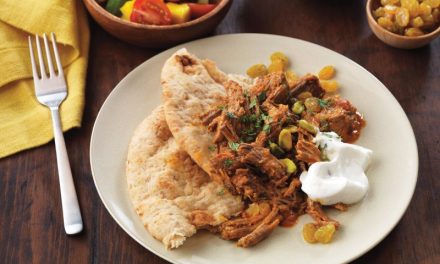In an effort to make meal planning easier for the diabetic, the American Diabetes Association and others have developed exchange systems. An exchange is a specific portion of food selected from one of six groups: milk, vegetables, fruit, bread, meat, and fat. There is also a list of free foods of 20 calories or fewer that are mostly condiments or flavorings.
The patient's meal plan will specify that he or she can have specific numbers of exchanges; for example, a typical lunch may allow two bread, two meat, one fat, two vegetable, and one fruit portion. By referring to a list of exchanges, the person can develop his or her own menu. The idea is that by following the exchange system, the person will automatically pirate distribution of carbohydrates, protein, and fats.
Many diabetic patients find the exchange system convenient and workable. For others, however, it is better in theory than in actuality. For example, ethnic and convenience foods may be difficult to find on a standard exchange list. Most processed foods will have a number of different exchanges, and keeping track of them is more than many people can cope with.
Some dietitians and diabetes educators stress working with exchanges; others will teach patients how to estimate percentages of carbohydrates, fats and protein in a meal and then tailor portions to fit their overall meal plan. In either event, the meal plan should be based on a system that the patient (or person who prepares the meals) understands. It also should take account individual food preferences and lifestyles.
"Healthy food choices" is a much simpler meal plan and works well in patients who are uncomfortable with food exchange lists. This plan can be obtained from the American Diabetes Association.
Total Nutrition, Victor Herbert, M.D., F.A.C.P and Genell J. Suback-Sharpe, M.S.










